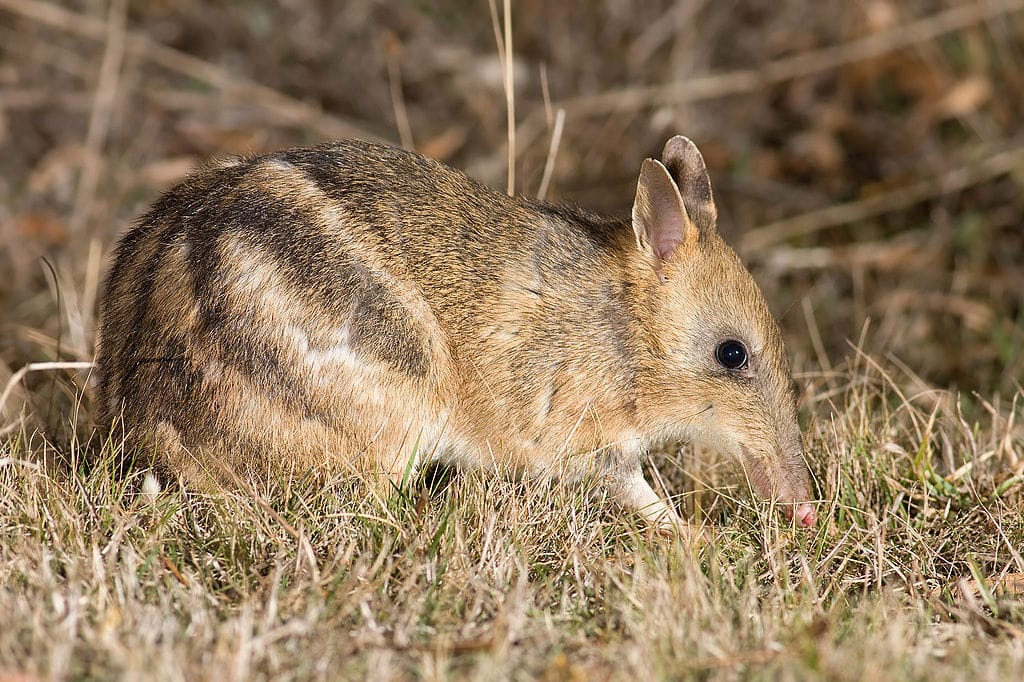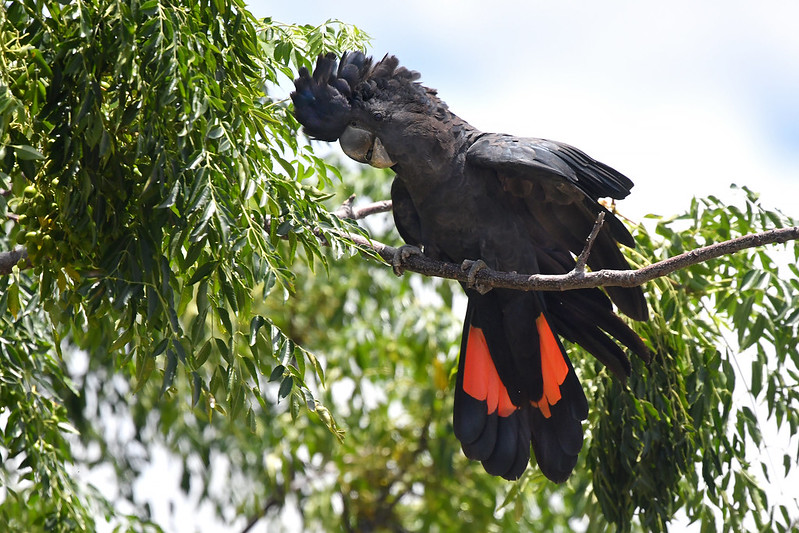Australia fails to meet the goals of the five-year project as the government comes up with a new 10-year strategy putting greater focus on preserving the country’s most endangered species, specific habitats and landscapes.
—
A coalition government strategy to save Australia’s most threatened fauna and flora has failed to meet the targets, as shown by the final year report of the five-year strategy, introduced under the former Australian environment minister, Greg Hunt.
The final year of the five-year project was a year of unique challenges, which covered the summer of 2019 to 2020, where Australia experienced extreme widespread bushfires across many areas of the country. Many threatened species were pushed closer to extinction during this particular period.
The targets that were not met included five aims to improve the trajectory of 20 birds, 20 mammals, and 30 plants, including endangered species such as the red-tailed black cockatoo and the eastern barred bandicoot.

Although the government had written that this time frame of five years was uniquely challenging and too short, it had also falsely stated that they were able to show “quantifiable progress against ambitious, outcomes-based targets that were pursued over the Strategy’s five years”.
Ayesha Tulloch, a research fellow at the University of Sydney, holds a strong opinion towards this. She said that the introduction of the strategy itself has been a positive step, but added that it was alarming how there were as many unmet targets as those that had been fully achieved even after five years.
You might also like: 12 of the Most Endangered Animals in the World
She specifically stated that this was mostly the case for “process-focused goals”, such as targets to have up-to-date recovery plans, conservation advice, and threat abatement plans in place for all of the priority species.
“Given that we have hundreds of threatened plants and we can’t even meet a target of 30 being improved over five years, that’s very alarming,” Tulloch said.
Euan Ritchie, a professor of wildlife ecology and conservation at Deakin University, was more optimistic as he said that the strategy had raised awareness and believed that there has been some success documented within the five year period, including the establishment of additional wildlife safe havens that were free of feral cats.
But, he had stated that the report did show “many failures”, quantitatively noting that fewer than 35% of the priority plant and animal species had improved population trajectories.
The government announced back in May that it would be developing a new 10-year strategy for threatened species, made up of various five-year action plans. This strategy will include a greater focus on the landscape and the specific habitat of these species, as Tulloch and Ritchie had stated, this new plan should come with tougher environmental protections such as legislation to halt habitat clearing. As this strategy is tentatively Australia’s first approach to mitigating climate change, the goals were too ambitious, as a spokesman had stated. “It has formed, however, a vital framework for the next decade [that] has already been saving species.”
You might also like: Australia Still Refuses to Take Concrete Climate Action Following “Code Red” IPCC Report
Featured image by: Flickr


















